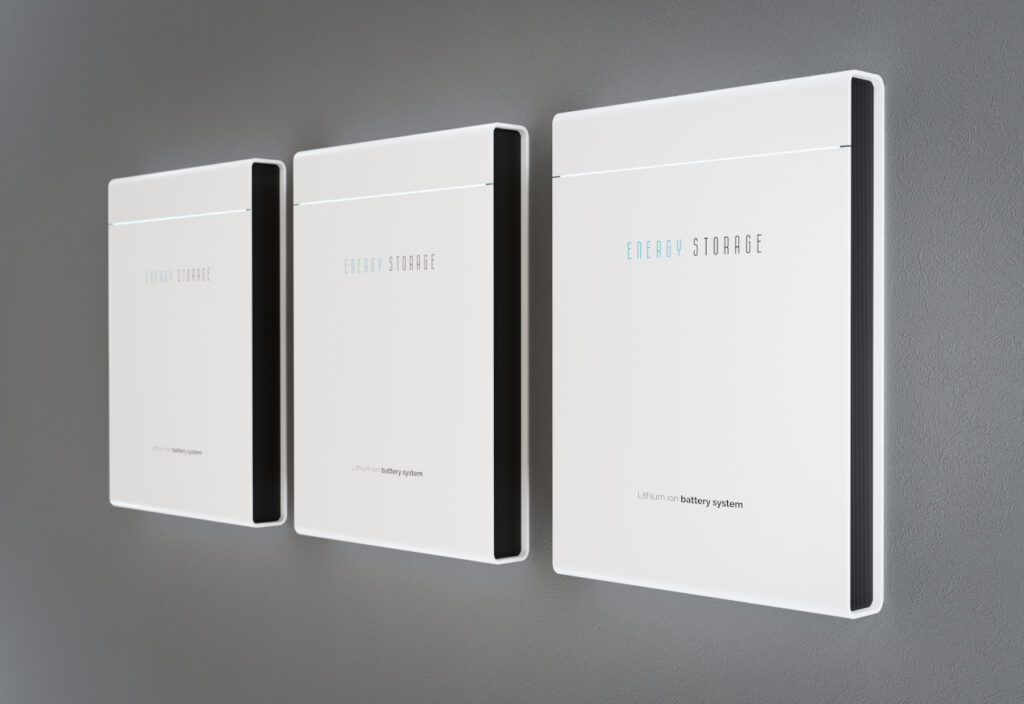Australia’s home battery market has accelerated sharply since July.
More than 43,000 new systems have been registered under the Small-scale Renewable Energy Scheme (SRES) and 50,000 batteries installed through the federal government’s Cheaper Home Batteries program.
The latest data shows 23,925 additional solar battery installations since July, bringing the SRES tally to 43,517 units connected with rooftop solar systems.
These systems represent a total nominal capacity of 825 megawatt-hours (MWh), with an average installation size of 19.0 kilowatt-hours (kWh). The figures cover approved and pending applications for small-scale technology certificates (STCs), but exclude failed or unsubmitted claims.
The Albanese Government confirmed separately that its Cheaper Home Batteries program has reached 50,000 installations in just two months, adding 900 MWh of storage capacity – about a quarter of all residential battery capacity installed in Australia before the end of 2024.
The scheme offers an average 30 per cent discount on eligible batteries, targeting households, small businesses and community groups.
“Australians know that batteries mean cheaper, cleaner, more reliable energy,” said Minister for Climate Change and Energy Chris Bowen.
“In just two months, 50,000 batteries have been installed, that’s thousands of households, small businesses and community groups taking control of their energy and their bills.”
“This program is working in the suburbs, in the regions and in our cities. Australians are proving the naysayers and climate change deniers wrong – they want to be part of the clean energy future.”
Take-up has been strongest in outer suburban and regional areas, particularly in Queensland and South Australia.
In western Sydney, Member for Macquarie Susan Templeman noted high uptake: “People have calculated the long-term savings they can make, and the discount has made a difference with the upfront costs.”
Battery storage capacity is emerging as a key element in easing evening peak demand and reducing stress on distribution networks.
More detailed postcode-level data on approved STC applications will be released later this month.


